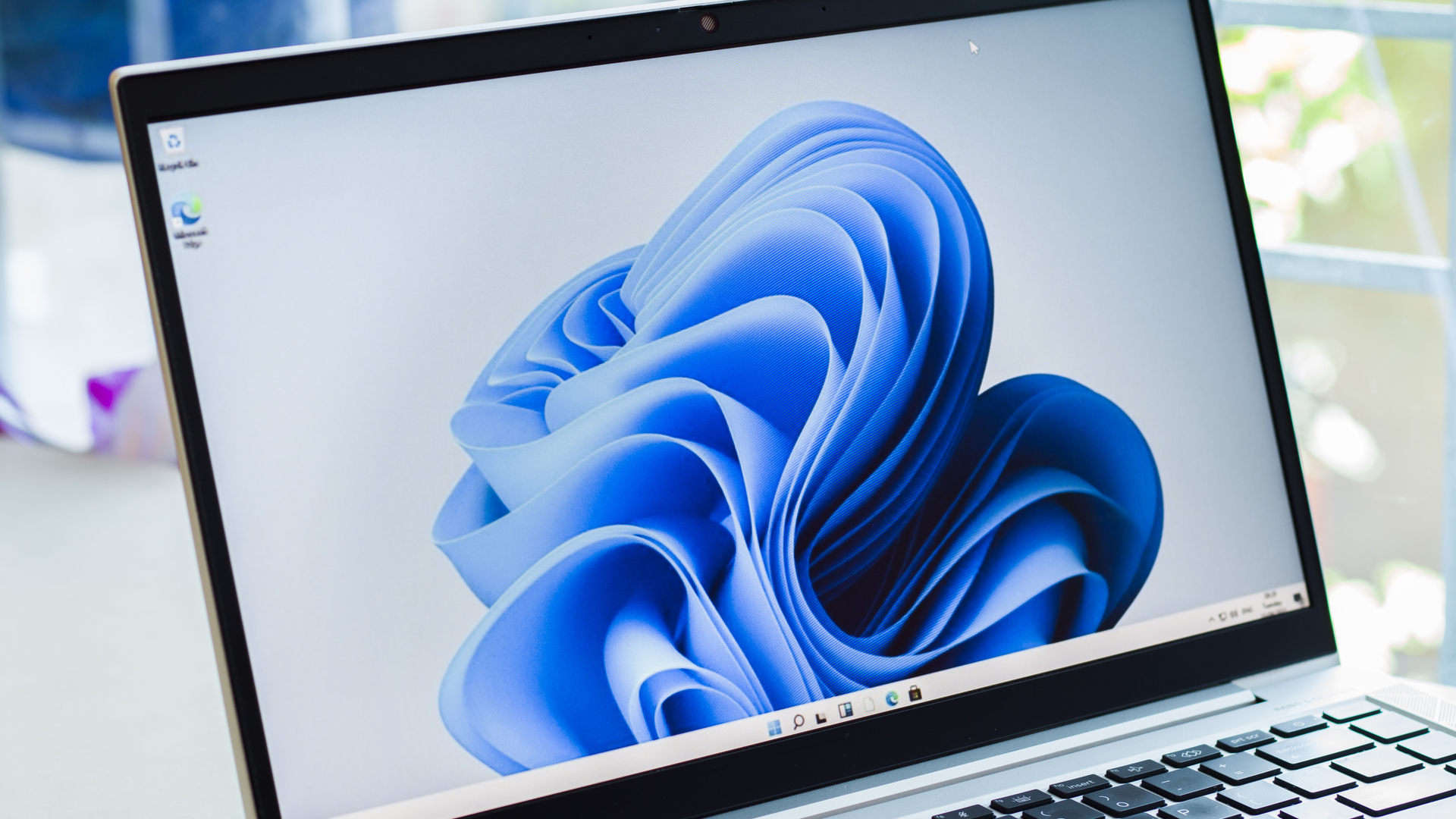Windows 11 will let you shut down apps directly from the taskbar — here’s how
An easier way to force quit apps

Microsoft is working on a new way to let you force quit unresponsive processes. As spotted by Windows Insider PhantomOcean (via Bleeping Computer) the new function is in development as a hidden feature of Windows 11 build 25300 in the Windows Insider channel. This feature lets you shut down an unresponsive task directly from the taskbar.
Our sibling site Tom’s Hardware details how this new feature works. In the latest Dev channel version of Windows 11, there is an option to enable “End Task” by going to Settings->Privacy & Security->For developers menu. While you can turn the option on, it doesn’t make the “End Task” option show up when you right-click on the taskbar icons. Tom’s Hardware found that the option didn’t retain its “on” status when they closed and reopened the Settings menu.
You will soon be able to quickly end an entire task/process by right clicking it on the taskbar and choosing a new 'End task' option, Task Manager style. New in build 25300 and hidden.vivetool /enable /id:42592269 pic.twitter.com/mdw9XLeQlnFebruary 15, 2023
When using Windows 11 Canary Build 25336, which is the latest build in the Canary (unstable) channel, Tom’s Hardware found that the End Task option wasn’t available in settings and it wasn’t enabled by default. Using the ViveTool GUI appthough, which is a utility that allows you to enable hidden Windows features that are off by default, the site was able to turn End Task on and have it show up in the right-click menu.
It’s unclear when or if this feature will be released outside of Windows’ developer channels. It seems pretty useful, though as Tom’s Hardware notes, it appears Microsoft intends for this option to primarily be used by programmers since it’s not enabled by default. This makes sense as accidentally force quitting an app that isn’t frozen might lead to losing data or even corrupting files.
While that scenario is a possibility, I’m looking forward to having this feature as an option. Bringing up the Task Manager menu by hitting Ctrl + alt + del to shut down bothersome tasks and processes has been ingrained into my muscle memory but a speedier method would be nice. I’ll definitely try this feature out when it arrives in a stable Windows 11 build.
More from Tom's Guide
- How to hide the taskbar in Windows 11
- The 3 biggest upgrades coming to Microsoft Teams
- How to pin to the taskbar in Windows 11
Get instant access to breaking news, the hottest reviews, great deals and helpful tips.

Tony is a computing writer at Tom’s Guide covering laptops, tablets, Windows, and iOS. During his off-hours, Tony enjoys reading comic books, playing video games, reading speculative fiction novels, and spending too much time on X/Twitter. His non-nerdy pursuits involve attending Hard Rock/Heavy Metal concerts and going to NYC bars with friends and colleagues. His work has appeared in publications such as Laptop Mag, PC Mag, and various independent gaming sites.
